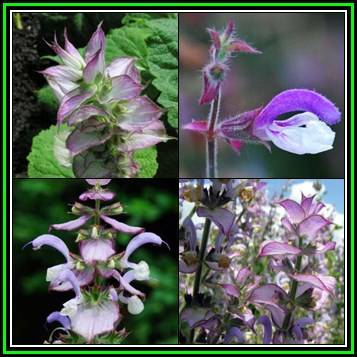
Salvia sclarea, Clary Sage - 10 Seed Pack, Edible Scented Biennial Herb Vegetable Medicinal - New
Check my rate
| Main centres: | 1-3 business days |
| Regional areas: | 3-4 business days |
| Remote areas: | 3-5 business days |

| Main centres: | 1-3 business days |
| Regional areas: | 3-4 business days |
| Remote areas: | 3-5 business days |
Salvia is the largest genus of plants in the mint family, Lamiaceae, with nearly 1000 species of shrubs, herbaceous perennials, and annuals. The name Salvia derives from the Latin salvere ("to feel well and healthy, health, heal"), the verb related to salus (health, well-being, prosperity or salvation); referring to the herb's healing medicinal properties. Pliny the Elder was the first author known to describe a plant called "Salvia" by the Romans, likely describing the type species for the genus Salvia, Salvia officinalis. The common modern English name sage derives from Middle English sawge, which was borrowed from Old French sauge, and like the botanical name, stems from Latin salvere. When used without modifiers, the name 'sage' generally refers to Salvia officinalis ("common sage" or "culinary sage"); however, it is used with modifiers to refer to any member of the genus. The ornamental species are commonly referred to by their genus name Salvia.
|